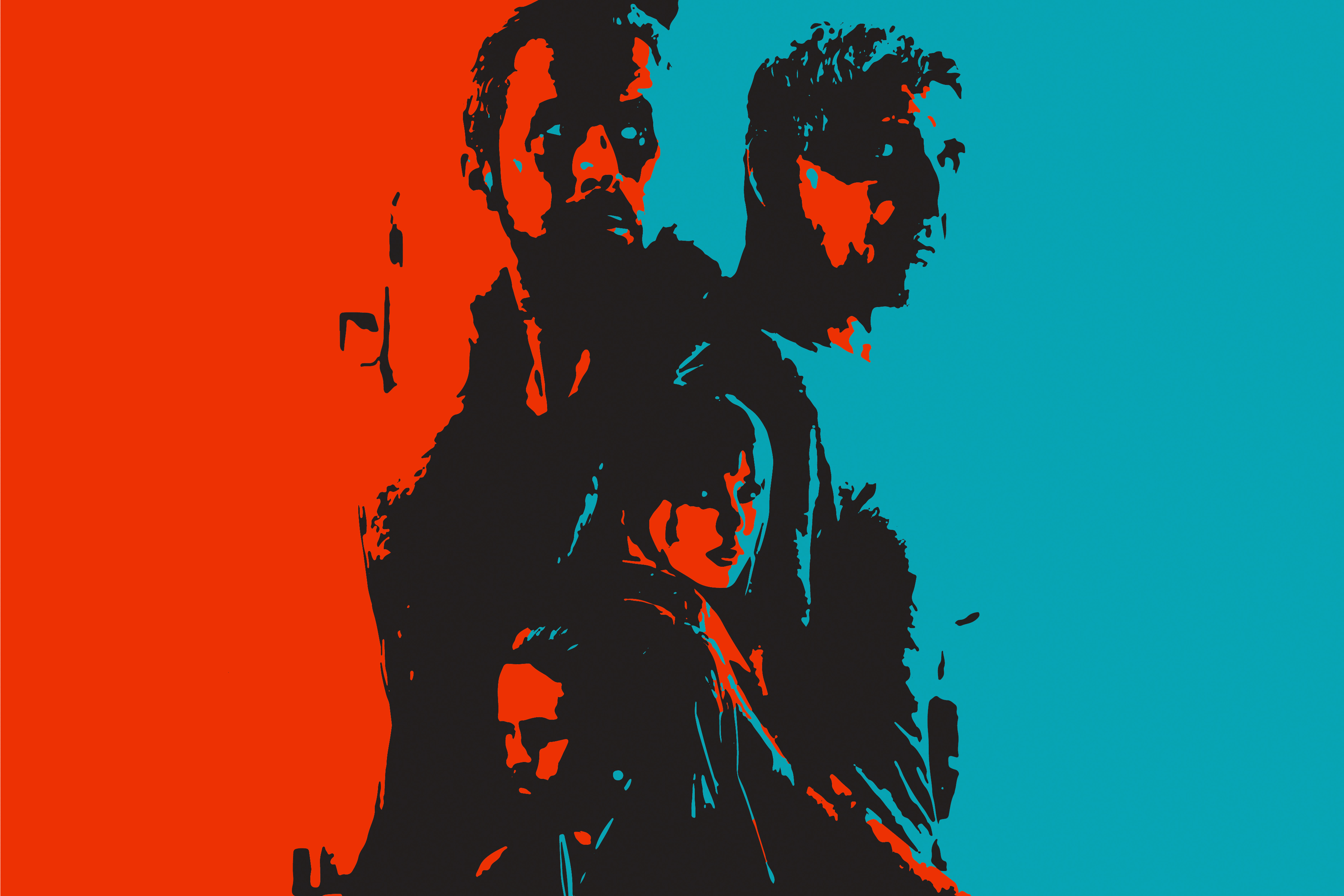
“2049” manages to escape from underneath its predecessor’s shadow
“Blade Runner” recently celebrated its 35th anniversary, still one of the more memorable ‘80s movies. Its defining aspect is design: “Blade Runner” is renowned for its spectacular sound and lighting. Its sequel, “Blade Runner 2049,” had big shoes to fill, but it managed well. “Blade Runner 2049” is a good movie, and it clearly took inspiration from the original (as any sequel should). To viewers’ relief, it didn’t try to emulate the design of “Blade Runner.” In short, “2049” pulled inspiration from the original, but it didn’t try to be the original. “2049” was not a regurgitation of the design of “Blade Runner,” but instead its own take on the semi-dystopian future of replicants.
A main difference between the two films is in its lighting. The original “Blade Runner” played with lighting on both small and large scales. On a small scale, there are umbrellas with glowstick-like handles that illuminate the user and a small portion of the world around them. On a large scale, there are dark shots punctuated by only a few long shafts of light that illuminate a small portion of the shot.
“Blade Runner 2049” plays with light in a similar way; it claims its own identity in the color palette. The original lives in a neo-noir-esque world of lighting. The shots are typically dark and deal with colors such as blue, green and, sometimes, dark violets. These colors and how they’re used help to create the desired eerie sci-fi, neo-noir feeling of “Blade Runner.”
At some points — especially in scenes dealing with Jared Leto’s character Niander Wallace — “2049” evokes that dark neo-noir feeling, but for much of the film stays away from it. Shots consist of much bolder colors: sharp purples, oranges and a larger presence of just plain white. This turns the overall feeling of “2049” toward sci-fi rather than neo-noir. These bold colors create a more vibrant world, which falls in line with the sci-fi genre differing from its predecessor’s tendency to move toward a neo-noir palette and lighting.
The score in “2049” is similarly noteworthy. The original’s score was developed by Greek composer Vangelis. It was predominantly sharp, loud and synthesized noises. The unique style of that score added to, as it was meant to, the strangeness of the movie — the absurdity of the sci-fi world. The score in “2049” has a large presence of synthesizer as well but includes much more percussion — a staple in most film scores. The addition of percussion changes the utility of the score. Instead of being used to highlight the absurdity of the movie’s world, it is used to foreshadow important events in the story. For example, in an action scene, the score crescendos parallel to action-building and swelling, then exploding as the action peaks. The scores gear the movies toward different genres. The stranger, more synthesized score of “Blade Runner” highlights the oddness of the setting, playing toward the sci-fi side of the original. The semi-synthesized score of “2049” foreshadows coming moments of action or discovery, playing toward the action side of the new film.
While the two films are sequential, they are not the same film. Hollywood tends to copy and resell movies and franchises. Take the “Star Wars” series, for example. “Force Awakens” hits the same notes, beat for beat, as “A New Hope.” The refreshing differences between “Blade Runner” and “Blade Runner 2049” makes them stand alone as their own movies. Sure, as with any sequel, there are similarities — as there should be. Nonetheless, “Blade Runner” and its successor “Blade Runner 2049” stand out as two different, but equally interesting films. Their unique styles make for two movies that will stand out for years to come.
Written by: Nicolas Rago — arts@theaggie.org



